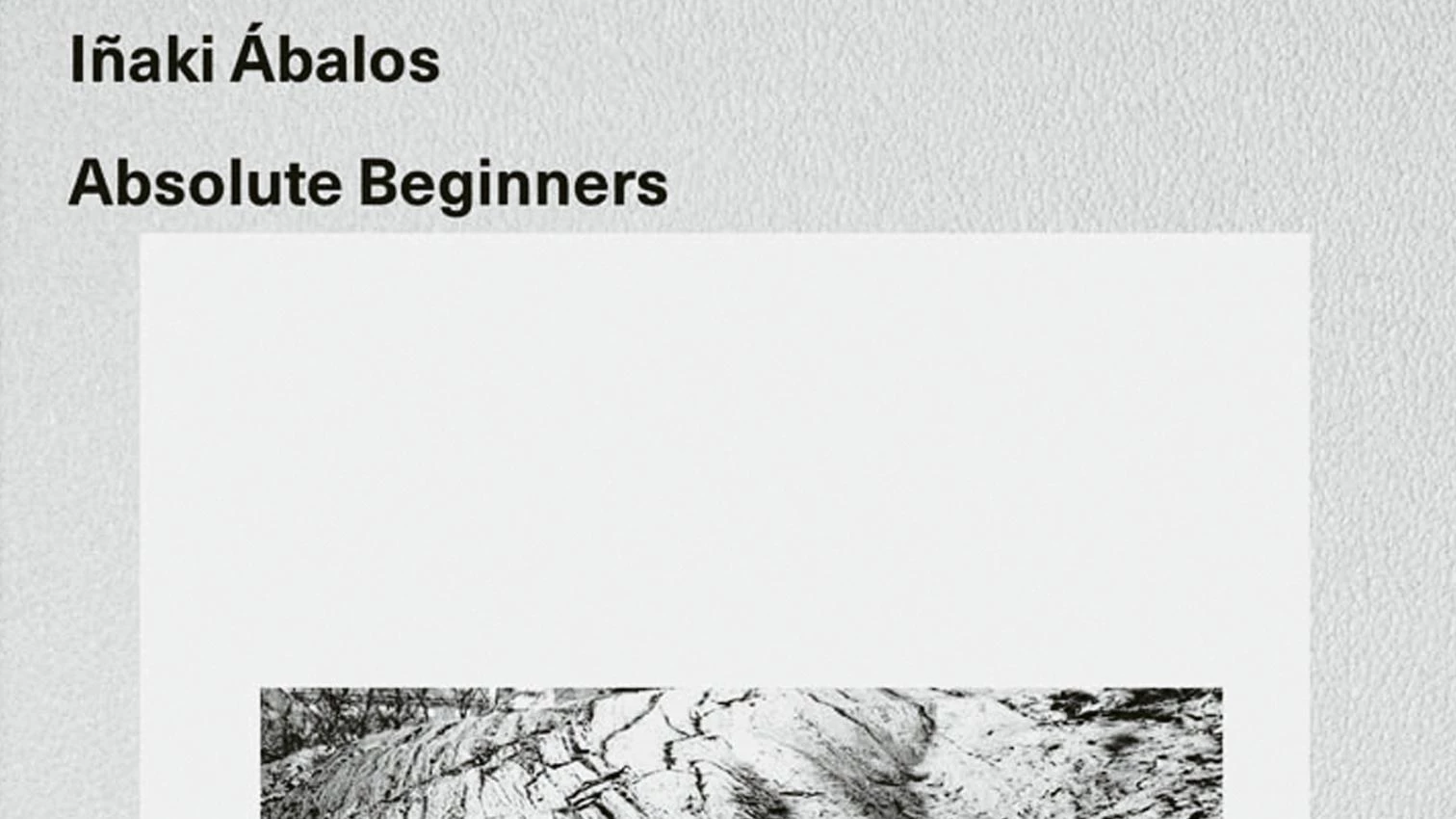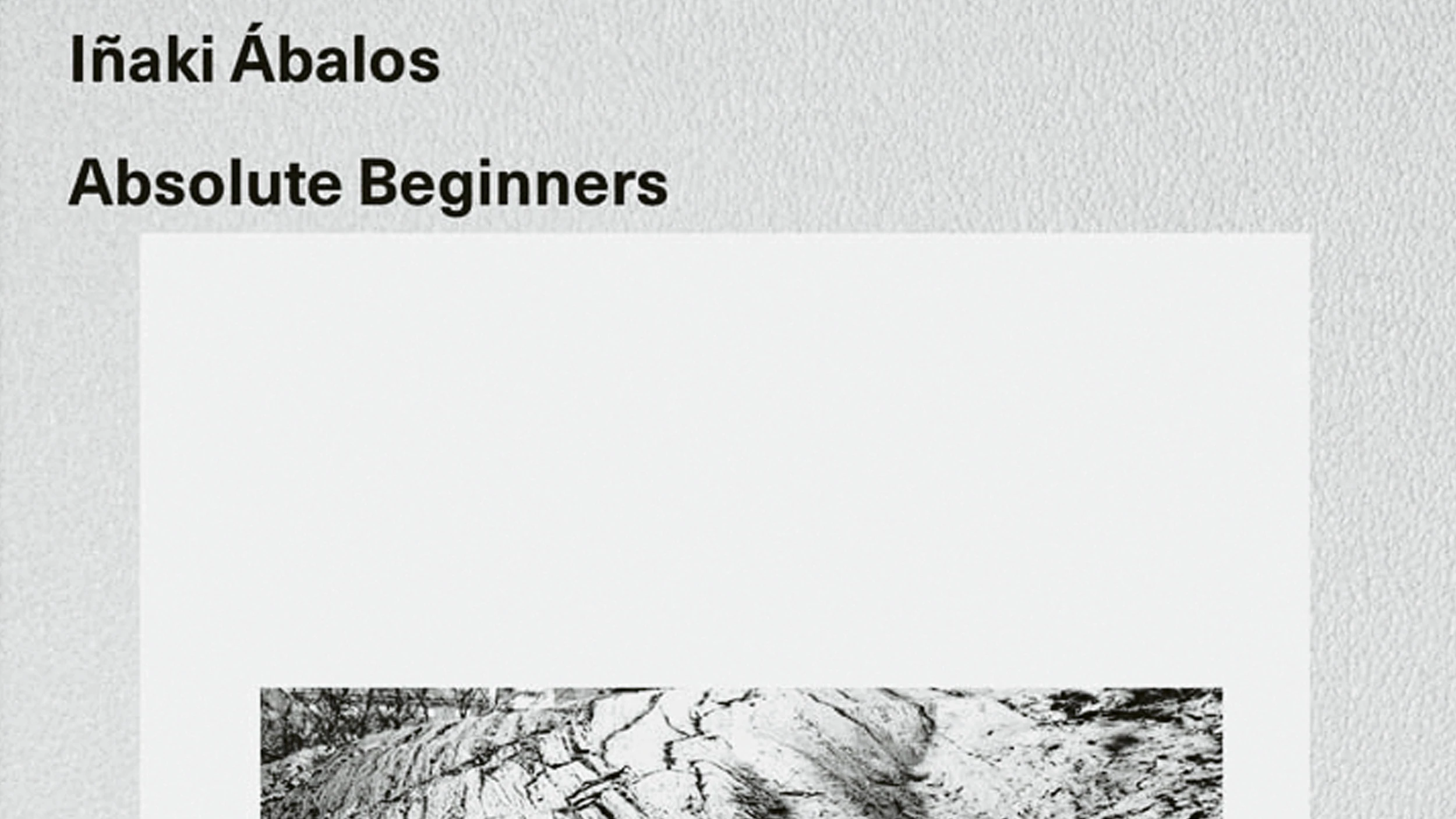
Perhaps the hardest thing in architecture, as in art, lies in that to put in something new, architects have first to gel as persons, build an intellectual biography. Forging an intellect involves both admiring and vilifying, and an example is Iñaki Ábalos, an architect, teacher, and thinker who has always fearlessly expressed his tastes and phobias, and used them to construct his own intellectual world. He did this in Picturesque Atlas, where he upheld romantic tradition in architecture, and in The Good Life, an exploration of the ties between thought and residential architecture, and now in a book which, like those, masterfully moves between the critical essay and the history text. He plays with the title (pioneers or absolute beginners?) to explain his preferences through 7 articles.
His themes – the cave, somatism, thermodynamic beauty, mixed uses, picturesqueness – are the same ones that mark Ábalos’s work, but he surprises us this time in the eclectic choice of heroes: the Olmsted who makes pragmatism a design mechanism; the Smithson who combines ecology, entropy, and beauty; the Nietzsche who dreams of monastic cities for a modern vita contemplativa; and, most peculiarly, the Andrés de Vandelvira who, like us today, had to deal with the hybrid and diverse, and with whom Ábalos engages in an impossible and delicious colloquy. Heterodox heroes whom the author prefers to the point to making them the lead characters of a story which, far from getting bogged down in archaeology, can be contemporary and fecundly operative.







